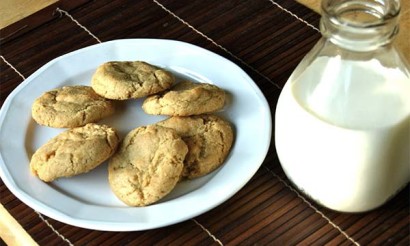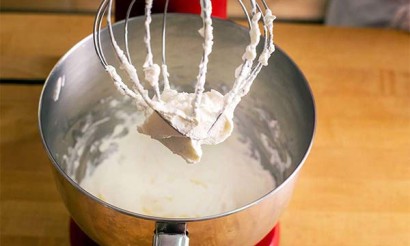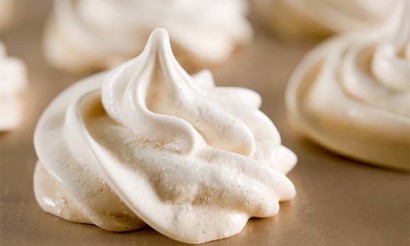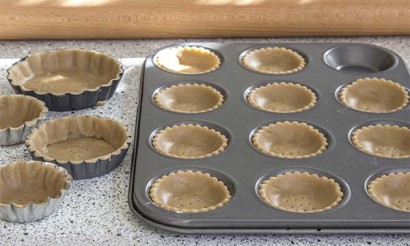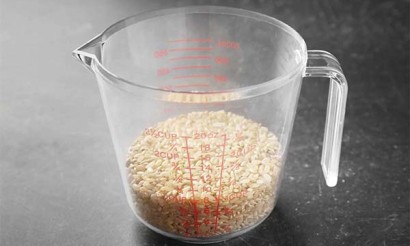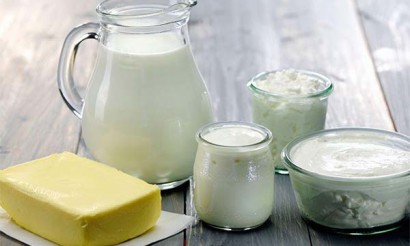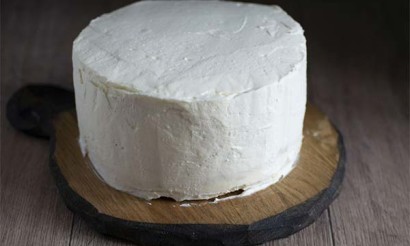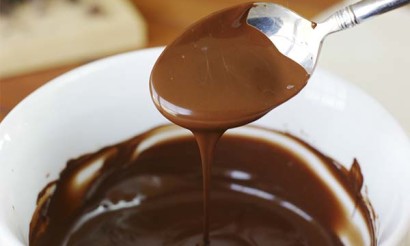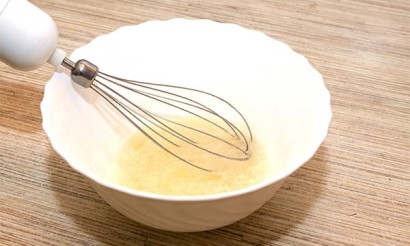How to distinguish cane sugar from fakes
In warm countries with humid tropical or subtropical climates, cane, called sugarcane, grows. With temperatures above 20 degrees and moisture abundantly watering the soil for more than half a year during the rainy season, it is quickly drawn out, and during the dry weather it gains enough sugar to become the raw material for the production of sweet products for the people's table. It is cut down and immediately sent to factories where it is processed into an environmentally friendly, high-end product. The sooner the cane goes into processing, the higher the quality of the sugar will be.
What is cane sugar
Cane sugar is a sweet that has been known since ancient, ancient times. It was first learned to obtain sugar in India as early as the 3rd century B.C. However, at that time the yield of cane sugar was small, literally measured in grains. But as time passed, the technology of sugar extraction improved and they learned how to make it in such quantities that the sweet was brought even to China and the Middle East, where cane began to be cultivated.
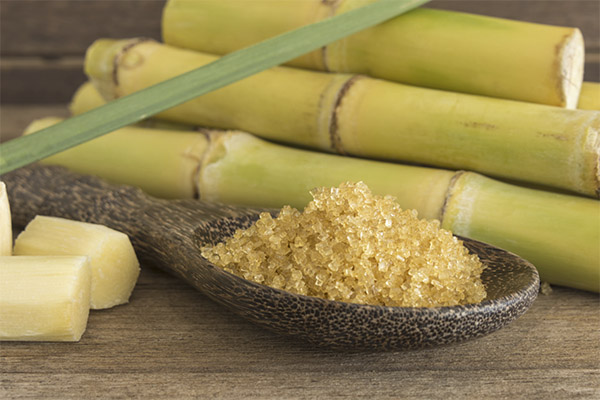
From the Arabs, the inhabitants of the Mediterranean coast countries learned about the plant from which sugar is made. Then sugar traveled around the world and even made its way to America.
In Russia, sugar was first seen under Peter the Great, in the early years of the 18th century. At that time it was a rare and expensive product, it was even called "white gold". Trying to eat sweetness could afford only the elite. For Russians, cane sugar became an everyday product much later, centuries later.
Today it is very popular among those who try to choose a healthy lifestyle and eat right, because it is considered a dietary source of carbohydrates. This sugar contains a complex of useful substances, including trace elements and vitamins transferred from cane. These are B vitamins, potassium and calcium, as well as copper and magnesium.
How it is made
To get sugar, the cane must be cut before it has time to flower. The roots left in the ground will grow a new crop of cane. And the stalks, consisting of fiber (8 to 12%), sugar (up to 21%), water (up to 73%), a small amount of proteins and salts, are brought to a semi-finished product suitable for further processing: they are cut into short pieces and passed through the iron rolls of huge factory juicers. Juice squeezed in this way contains about 80% of the water, aromatic substances. Salts and proteins are also retained.
Next, from the resulting liquid is required to isolate and remove the proteins, for which the juice is put in a fresh slaked lime or chalk and put on the heat. It is brought to a temperature of 70 degrees in huge containers called tanks. As a result, all impurities, including small pieces of cane, insects, and soil particles, are deposited at the bottom of the juice. The purified liquid is then strained.
The next step is to evaporate the excess liquid. This process is not quick, and the result should be a thick brownish colored juice capable of crystallization. Specialists call it "mother liquor. It has a peculiar pleasant smell, which is especially brightly disclosed in home cakes, cakes, buns, for which it is loved by housewives. After evaporation, the mother liquor is subjected to crystallization. As a rule, in factory conditions it is carried out alternately in three different vessels.
First, they start heating the solution in the first container and add sugar crystals. A fairly light composition is obtained, which is run in a centrifuge, where the sugar is separated from the molasses. It is dried with hot air, after which the product is ready to be sent to the counter. Then they work with molasses, starting the crystallization process in a new container for the second time. The result is a product with a darker color and richer taste.
Then the molasses goes into processing for the third time. By this time, the mother liquor is already depleted, it has a minimum of sugars, but the dark component is the maximum. This is why the sugar is the darkest, but it is no less valuable than the product of the first crystallization.
The process of making refined sugar is quite different. Already after the first crystallization, the mother liquor is added. This creates a mixture called magma. It is reheated with chalk or quicklime and purified with an activated carbon filter. The result is white refined cane sugar, which is absolutely identical in quality and appearance to that made from sugar beets.
Types
Brown cane sugar is divided into several types - depending on the place where the cane grows, the color and appearance of the product.
- Muscovado sugar comes from cane grown on the island of Mauritius near South Africa and in South American countries. It has a distinct aroma of caramel, its color is honey-golden, and its crystals are medium-sized and slightly sticky to the touch. Strangely enough, but this sweet product is widely used to prepare not only sweet dishes - muffins, fudge, toffees, but also salty, is able to give a special taste to marinades or sauces.
- Demerara sugar takes its name from the river of the same name that flows in Guyana, a small country in northeastern South America. This is where it began to conquer the markets of the world. The color of this sugar is golden brown, and the crystals are hard, fairly sticky and brown. It is excellent in cooking - it is used in muffins, pies with fruit or berry fillings, as well as fruit baked in the oven or on the grill. Gourmets believe that this sugar is the perfect companion for coffee.
- Soft molasses sugar is so called because of its dark color, it contains a significant amount of molasses. Its crystals are the softest and stickiest of all types of cane sugar. Its aroma and flavor are very strong, which has made it a frequent guest on the Asian kitchen table. But it is not only used in exotic and exotic gourmet dishes, but also in simple cakes such as fruitcakes and muffins.
- Turbinado sugar is sugar that has been treated not only with a centrifuge, but also with steam and water, which removes all impurities and foreign substances from the product. This is how sugar is made in Hawaii; as a result, the range of its colors is wide, from light honey to brown, and its crystals are large and dry and not sticky.
- Gur sugar was born in India. It is not even sugar in the conventional sense of the word, but rather the thick cane juice that can be squeezed out like a thickened condensed milk or a soft plastic sherbet.
How brown sugar differs from regular sugar
If you estimate the sweetness of brown sugar and cane sugar, it is easy to find out that they are the same: a couple or three cubes of brown sugar will make tea just as sweet as the same amount of white sugar.
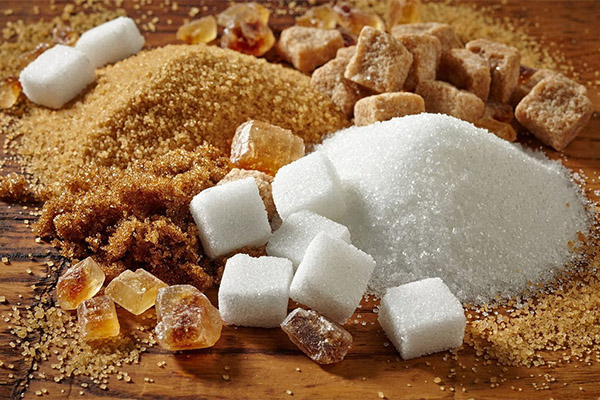
And yet cane brown sugar is different from the usual beet sugar. And not only in color and appearance. It is much richer in its composition, as brown products contain several dozen times more healthful substances.
For example, brown cane sugar has 20 times more potassium than beet sugar and 10 times more iron. The amount of calcium is simply off the charts compared to ordinary white sugar: 85 times more than ordinary white sugar. At the same time, brown sugar has magnesium, which is completely absent in beet products.
Cane sugar can easily compete with oysters in the content of copper, which is involved in many processes of human activity, from the synthesis of hemoglobin to the formation of collagen and stimulation of the endocrine system, and does not concede the palm to the sea inhabitants.
Another big plus of cane sugar is the presence of B vitamins that help to improve the metabolic processes in the body and ensure its normal functioning.
There are more useful substances in the darkest kinds of sugar, especially in black cane sugar. This is explained by the fact that the main source of vitamins and trace elements is molasses, and therefore the more of it, the higher is the value of the product.
Three times its price is also higher, although one ton of cane yields much more sugar than the same amount of beets. And while unrefined cane sugar is literally a culinary and dietary bestseller, raw beet sugar product has a very unattractive appearance, bad smell and unpleasant taste.
Despite the fact that brown sugar contains 98 grams of carbohydrates per 100 grams of product, the body absorbs these substances slowly and for a long time, as a result the body weight is not added.
The difference between brown and white sugar is also quite noticeable for cooks. And not just because of the color. While ordinary beet product is practically odorless, cane sugar has a light, mild and unobtrusive caramel flavor that is not lost in cooking. For this reason, baked goods and other dishes - sauces, drinks, marinades - made with cane sugar acquire a delicate flavor. The taste of brown sugar is also slightly caramelized, which also emphasizes the sophistication of the finished dish.
However, refined cane sugar is very similar to the usual, widespread white sugar made from beets, not differing from it in properties.
Which sugar is healthier: white or brown
Given the presence of the necessary substances for the body contained in brown cane sugar, the conclusion can be made unambiguously - it is much healthier than the usual white, regardless of whether it is made from beets or from cane.
With the same energy value brown sugar does not contribute to fat deposition and does not increase weight - because its carbohydrates dissolve slowly. And these carbohydrates are an essential element in the formation of a number of hormones involved in the vast majority of the body's vital processes.
Thanks to the content of almost two hundred different components, including vitamins, trace elements, salts of organic acids, the brain begins to work better. It is not without reason that they say: before a brainstorm, you should drink a glass of tea with a piece of brown sugar.
The natural sweet product will help to add strength and energy, calm the nerves, and normalize blood pressure. These results become evident fairly quickly after consuming the product. But, in addition, in the long run, regular consumption of cane sugar improves bone structure and strengthens the joints.
This natural product has a positive effect on a number of human body systems. So, digestion improves, toxins and impurities are eliminated more quickly. Brown sugar stimulates the spleen and liver and stabilizes the heart and blood vessels.
How to distinguish real cane sugar from fake sugar
When going to the store for brown sugar, one should remember: the more valuable, popular and expensive the product, the more hunters counterfeit it. Unscrupulous manufacturers pass off ordinary refined beet sugar as cane sugar, artificially adding simple caramel to it for color and flavor. The resulting sugar is passed off as brown sugar and sold at a price higher than that of beet sugar and slightly lower than that of natural cane sugar.
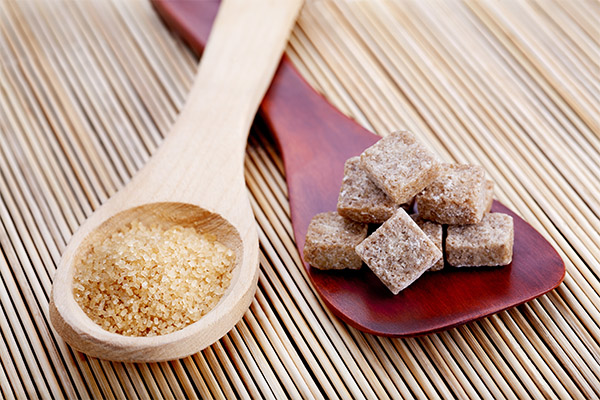
What you should keep in mind when choosing a cane product on the store shelf:
- First, a natural quality product cannot be cheap. Its minimum price is 200 rubles per kilogram. The difference in cost with ordinary sugar by one and a half to two times should make you think twice and study the packaging more carefully. It should state that the contents are from India, South America, Mauritius or Hawaii, as only real cane sugar is produced there.
- Another prerequisite is that the packaging of a truly healthy product must bear the inscription "unrefined.
- It is also necessary to look carefully at the product itself. Natural cane sugar has different crystal sizes, and this is clearly visible. That is why lumpy sugar also cannot look like ideally sized cubes with sharp, even edges and ribs - they are always uneven and loose.
There are two other ways to detect a fake:
- If you dissolve a cube of brown sugar in a glass of water, a fake one made from beet sugar and tinted with caramel will stain the liquid a pale yellowish-brownish color, and the remaining piece of sugar will turn pale. Natural cane brown will change the color of the water slightly, and the remaining piece of sugar will remain brown.
- Iodine will also help identify the surrogate. You can drop it directly on a piece of sugar or in the water where it is dissolved. If the product is natural, it will take on a blue color anyway.
«Important: All information on this site is provided for informational purposes only. for informational purposes only. Please consult a health care professional before using any of the recommendations. specialist before using any of the recommendations. Neither the editors nor the authors shall be liable for any possible harm caused by materials."

